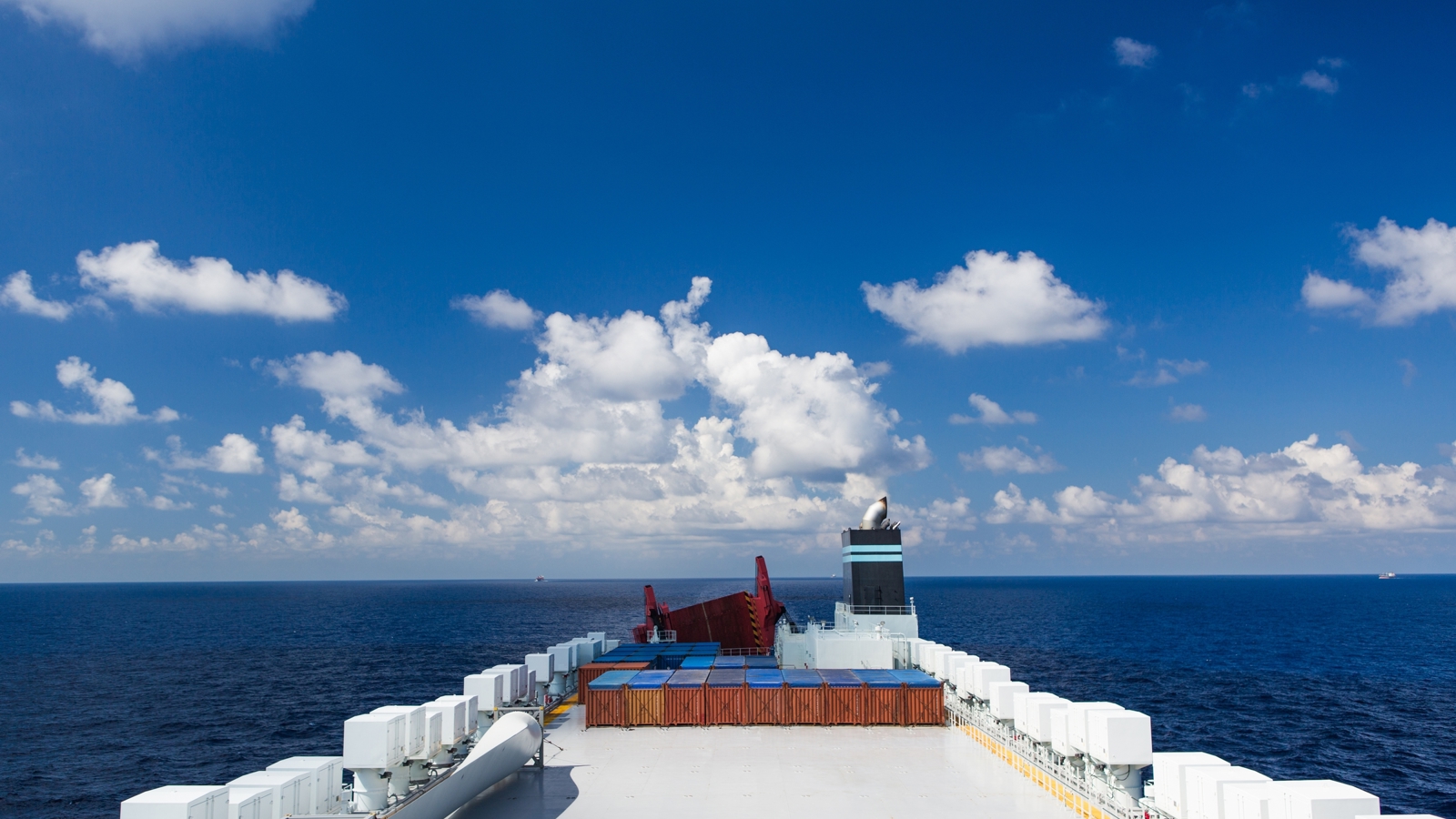Moving on from sulphur

Wilhelmsen insights
|
Petter Jønvik, Shipping and environment manager
Tough new regulations on sulphur emissions have caused panic in the shipping industry. At the start of 2015, the level of sulphur permitted in Emissions Control Areas (ECAs) was reduced from 1% to just 0.1%.
Existing ECAs – sea areas in which strict controls exist to restrict airborne emissions from ships – include the Baltic Sea, the North Sea, most of the coastline of the United States and Canada, and much of the Caribbean.
All living things need sulphur. In fact, the average person consumes around 900mg of sulphur per day, mainly in the form of proteins. While this sulphur is not harmful, many sulphur derivates are.
SULPHUR DIOXIDE (SO2) reacts with other chemicals in the air to form toxic particles that are known to cause difficulty in breathing and increased respiratory diseases. The high sulphur levels in the diesel fuel used on vessels are a major contributor.
“Wilhelmsen adopted a low sulphur policy as far back as 2004, a long time before ECAs were established,”
Petter Jønvik, shipping and environment manager at WWASA.
“Our philosophy is to welcome new regulations as long as there is sense behind them, and a level playing field is important for the industry to make a huge positive impact on the environment. Sulphur emissions are an important issue to tackle but as it is a global problem, regulations should apply to all companies operating in any particular area.
Regulations should benefit the environment, not provide a competitive advantage for any single company.” While much of the industry is opposed to the changes, Wilhelmsen’s vision is to lead the conversation. “We broadly welcome these regulations and have been an early adopter of many new solutions and technologies such as scrubbers. Too many rules are made by politicians that don’t understand how a vessel works, let alone the industry, so we want to take a lead in developing new legislation and helping the industry adapt,” adds Jønvik.